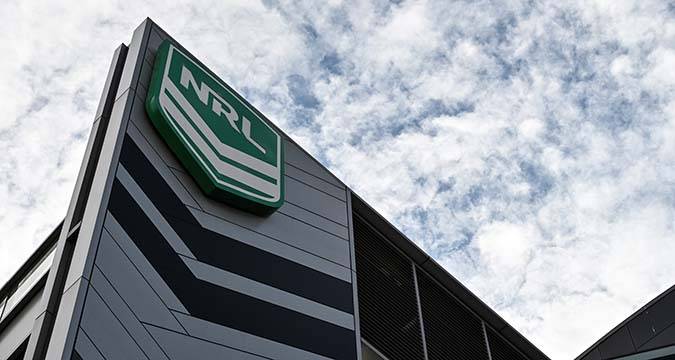 THERE have been continuing rumours for some time now that the NRL is considering investing in Super League.
I would imagine that if they were serious about it, their means of doing it would be to buy a majority stake in Super League (Europe) Limited, the company that controls the Super League competition.
At the moment that company has 13 sha
THERE have been continuing rumours for some time now that the NRL is considering investing in Super League.
I would imagine that if they were serious about it, their means of doing it would be to buy a majority stake in Super League (Europe) Limited, the company that controls the Super League competition.
At the moment that company has 13 sha Talking Rugby League: Should the NRL buy into Super League?
 THERE have been continuing rumours for some time now that the NRL is considering investing in Super League.
I would imagine that if they were serious about it, their means of doing it would be to buy a majority stake in Super League (Europe) Limited, the company that controls the Super League competition.
At the moment that company has 13 sha
THERE have been continuing rumours for some time now that the NRL is considering investing in Super League.
I would imagine that if they were serious about it, their means of doing it would be to buy a majority stake in Super League (Europe) Limited, the company that controls the Super League competition.
At the moment that company has 13 sha 